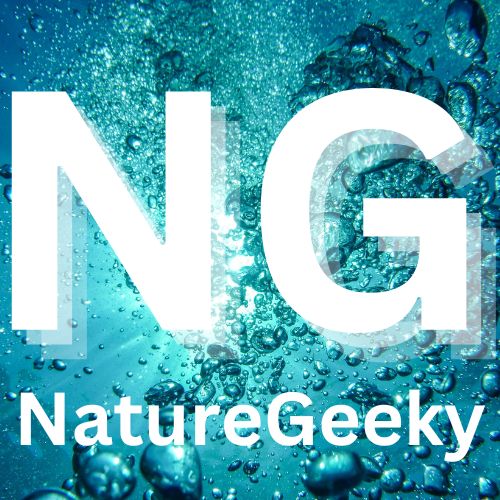What is suspension feeding and its ecological importance ?
Suspension feeding, also known as filter feeding, is a feeding strategy employed by certain organisms to extract food particles suspended in the water column. These particles can include microscopic plankton, organic detritus, and other small organisms. Suspension feeders play a vital role in marine ecosystems by efficiently capturing and utilizing suspended organic matter. They contribute to nutrient cycling, energy transfer, and the overall balance of aquatic food webs.

A. Suspension-feeding sea cucumbers and their feeding strategies
Suspension-feeding sea cucumbers are specialized organisms that utilize suspension feeding as their primary method of acquiring food. They possess various adaptations and structures that allow them to efficiently filter and capture suspended particles from the water.
Suspension-feeding sea cucumbers typically have branched or feathery tentacles, often covered in mucus, which they extend into the water column. These tentacles contain specialized structures, such as ciliated grooves or sticky structures called pinnules, that aid in the capture and retention of suspended particles.
B. Filtering and capturing of microscopic plankton and organic particles
Suspension-feeding sea cucumbers rely on water currents to bring suspended particles within their reach. As water flows over their tentacles, the cilia or mucus on their feeding structures help create currents that facilitate the filtration process. The suspended particles, including microscopic plankton, organic detritus, and other small organisms, become trapped in the mucus or caught in the ciliary grooves/pinnules of the tentacles.
Once the particles are captured, suspension-feeding sea cucumbers use their tentacles or tube feet to transport the collected food towards their mouth. The particles are then ingested and further processed for digestion and nutrient extraction.
C. Role of suspension feeders in maintaining water quality and food webs
Suspension feeders, including suspension-feeding sea cucumbers, play a crucial role in maintaining water quality and supporting aquatic food webs. By actively filtering and consuming suspended particles, they help regulate the abundance and distribution of plankton and other organic matter in the water column.
Suspension feeders contribute to water clarity by removing suspended particles, including excess phytoplankton, from the water. This enhances light penetration, allowing photosynthetic organisms to thrive and promoting primary productivity in the ecosystem.
Additionally, suspension feeders occupy an important position in aquatic food webs. They serve as intermediaries between primary producers, such as phytoplankton, and higher trophic levels. By consuming and converting suspended particles into biomass, suspension feeders provide a valuable food source for other organisms, including fish, invertebrates, and larger predators. They contribute to energy transfer and the flow of nutrients through the food web.
Furthermore, the feeding activities of suspension feeders can influence nutrient cycling and the recycling of organic matter. Through their ingestion and excretion processes, suspension feeders release nutrients back into the environment, contributing to the overall nutrient availability and cycling in the ecosystem.
Overall, suspension-feeding sea cucumbers and other suspension feeders play a critical ecological role in maintaining water quality, supporting food webs, and influencing nutrient cycling in marine ecosystems. Their efficient capture and utilization of suspended particles contribute to the health and productivity of aquatic habitats.
Some examples of suspension feeding in sea cucumbers
1. Holothuria Scabra
This species of sea cucumber is known to be a suspension feeder. It extends its long, branched tentacles into the water column, capturing suspended organic particles and microscopic plankton for feeding.
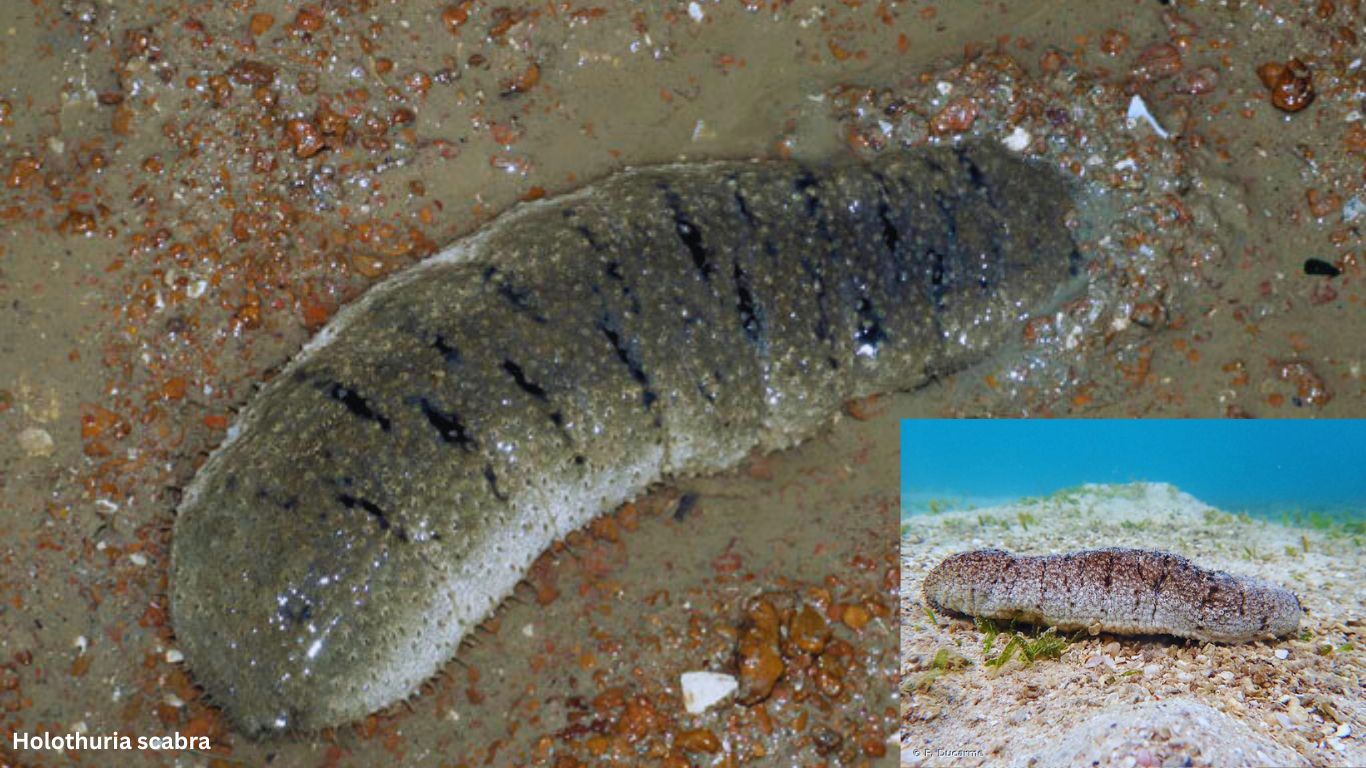
2. Parastichopus Californicus
Commonly known as the California sea cucumber, this species exhibits suspension feeding behavior. It extends its branched oral tentacles into the water, creating feeding currents to capture and filter organic particles from the surrounding water.
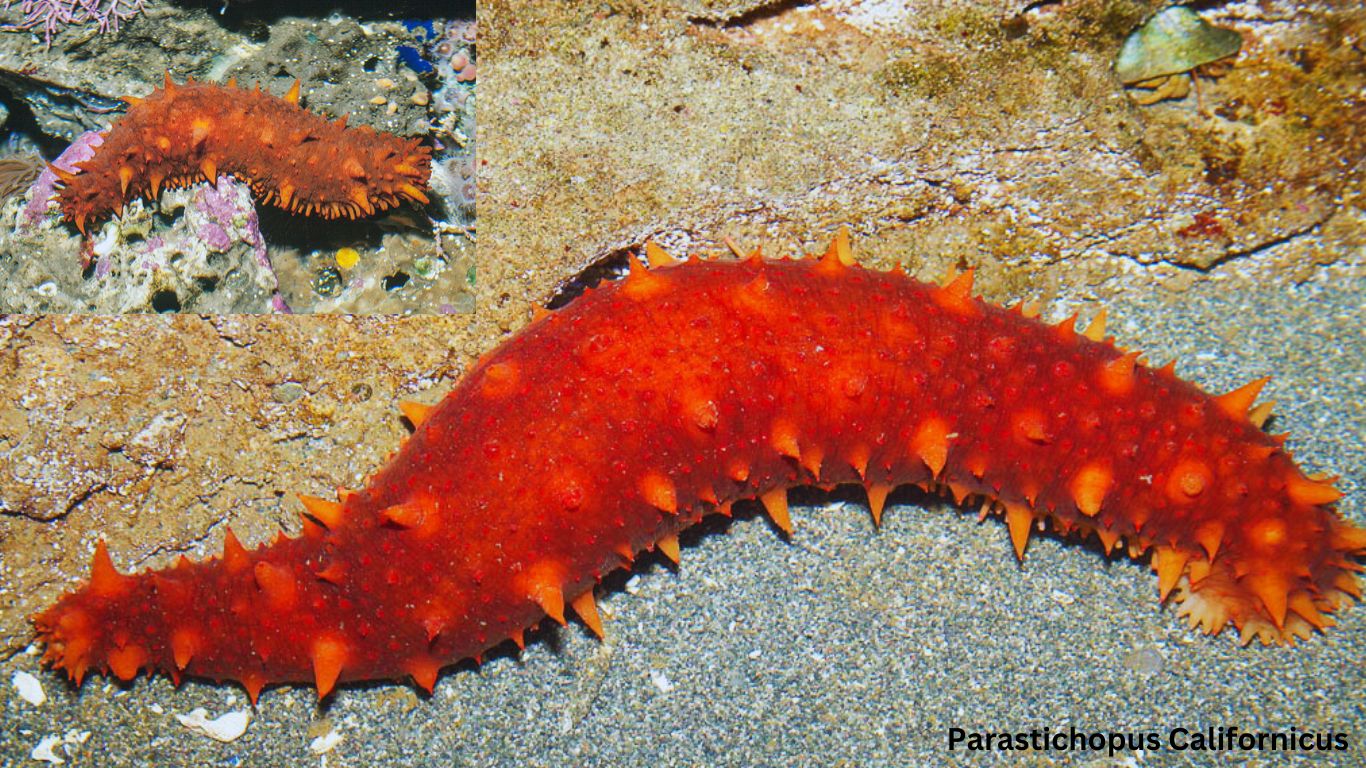
3. Cucumaria Frondosa
Found in the Atlantic Ocean, Cucumaria frondosa is a suspension feeder that uses its tentacles to filter and capture suspended particles. It extends its tentacles into the water column, where ciliary currents aid in the capture of organic matter and planktonic food.
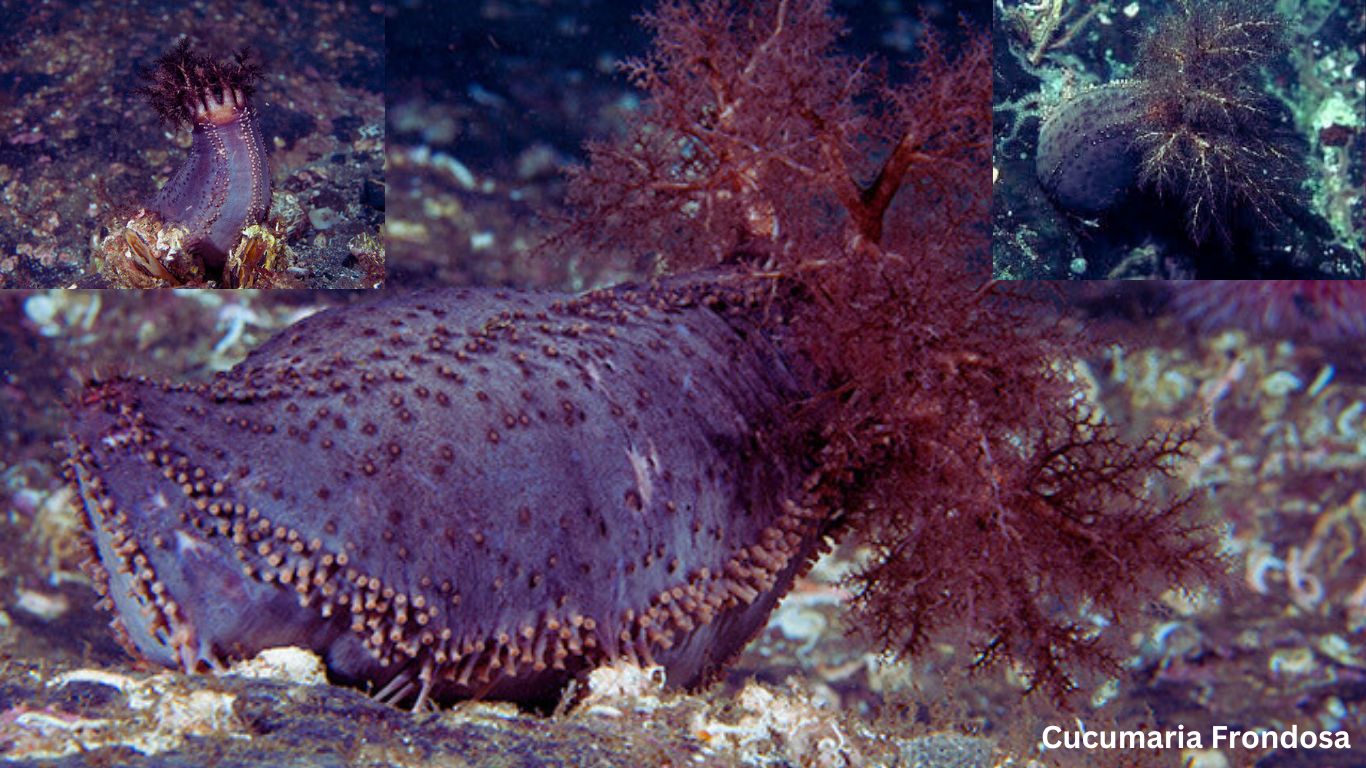
4. Stichopus Herrmanni
This species of sea cucumber, found in the Indo-Pacific region, is a suspension feeder that utilizes its modified tentacles for filter-feeding. It extends its branched tentacles into the water, actively capturing and filtering food particles from the surrounding environment.
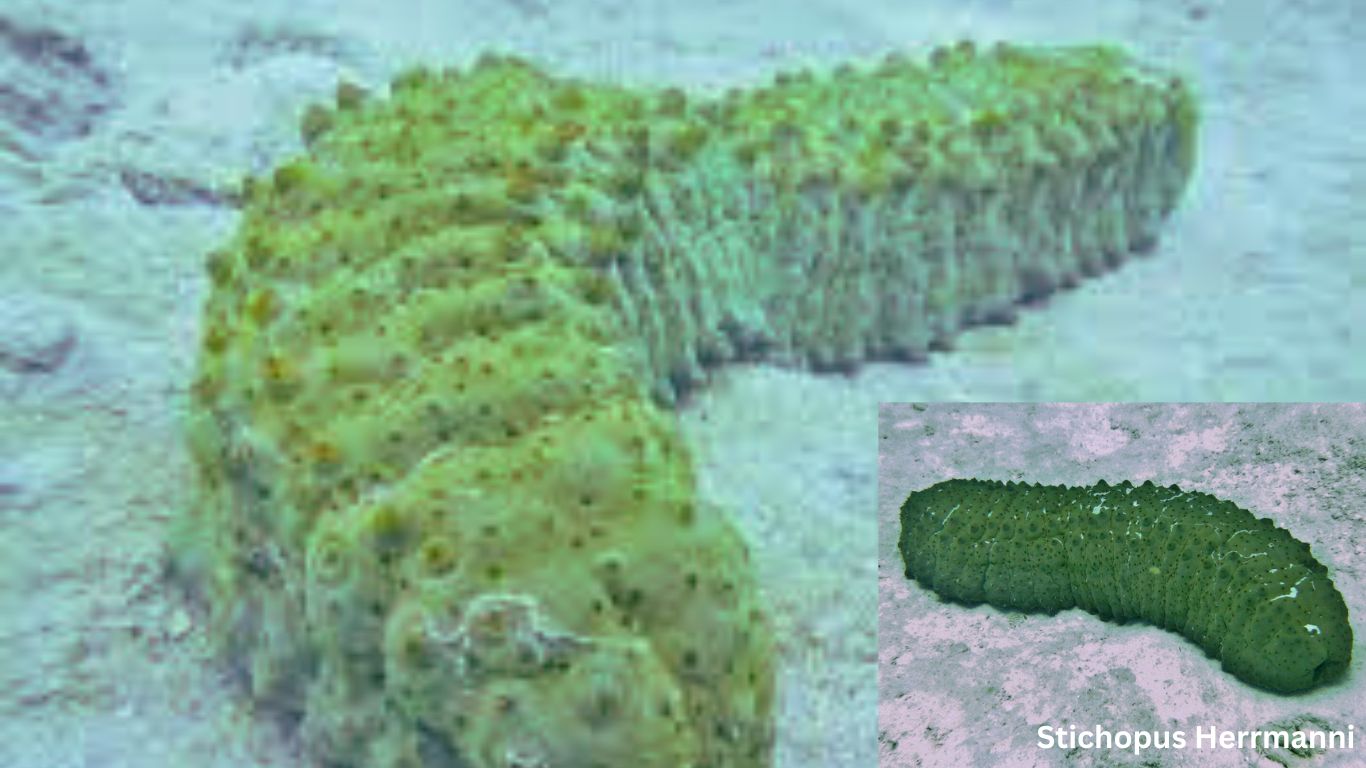
5. Apostichopus Japonicus
Commonly known as the Japanese sea cucumber, this species is a suspension feeder that filters organic matter and plankton from the water column. It extends its specialized feeding tentacles, equipped with mucus-coated ciliated structures, to capture and transport food particles to its mouth for ingestion.
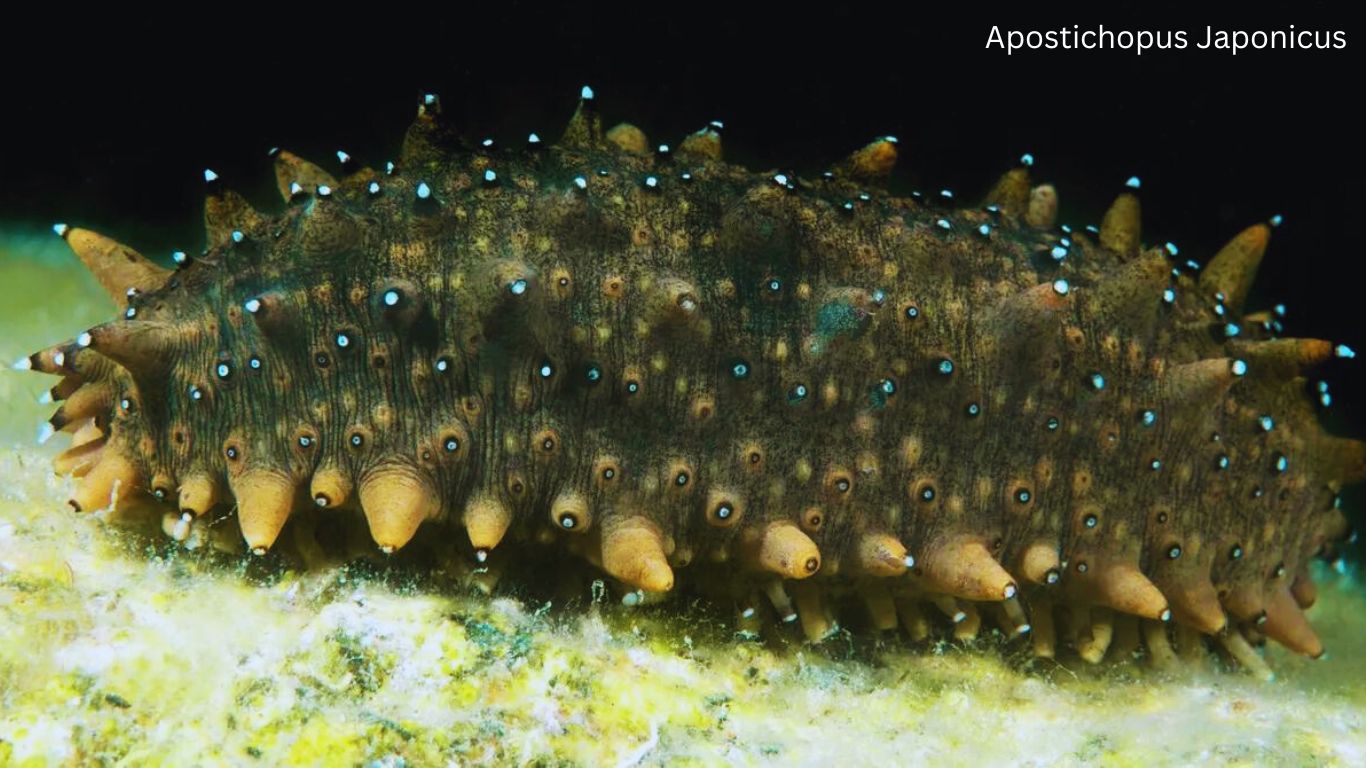
These examples highlight the diverse range of sea cucumbers that exhibit suspension feeding behavior, showcasing their ability to filter and capture suspended particles for nutrition and energy acquisition.
Conclusion – Suspension Feeding
In conclusion, suspension-feeding sea cucumbers showcase an extraordinary adaptation that allows them to thrive in diverse marine environments. Their ability to filter and consume suspended particles from the water column plays a crucial role in nutrient cycling, water quality maintenance, and the overall health of marine ecosystems. By efficiently capturing microscopic plankton, organic matter, and other particles, these unique sea cucumbers contribute to the transfer of energy and the intricate web of life in the oceans.
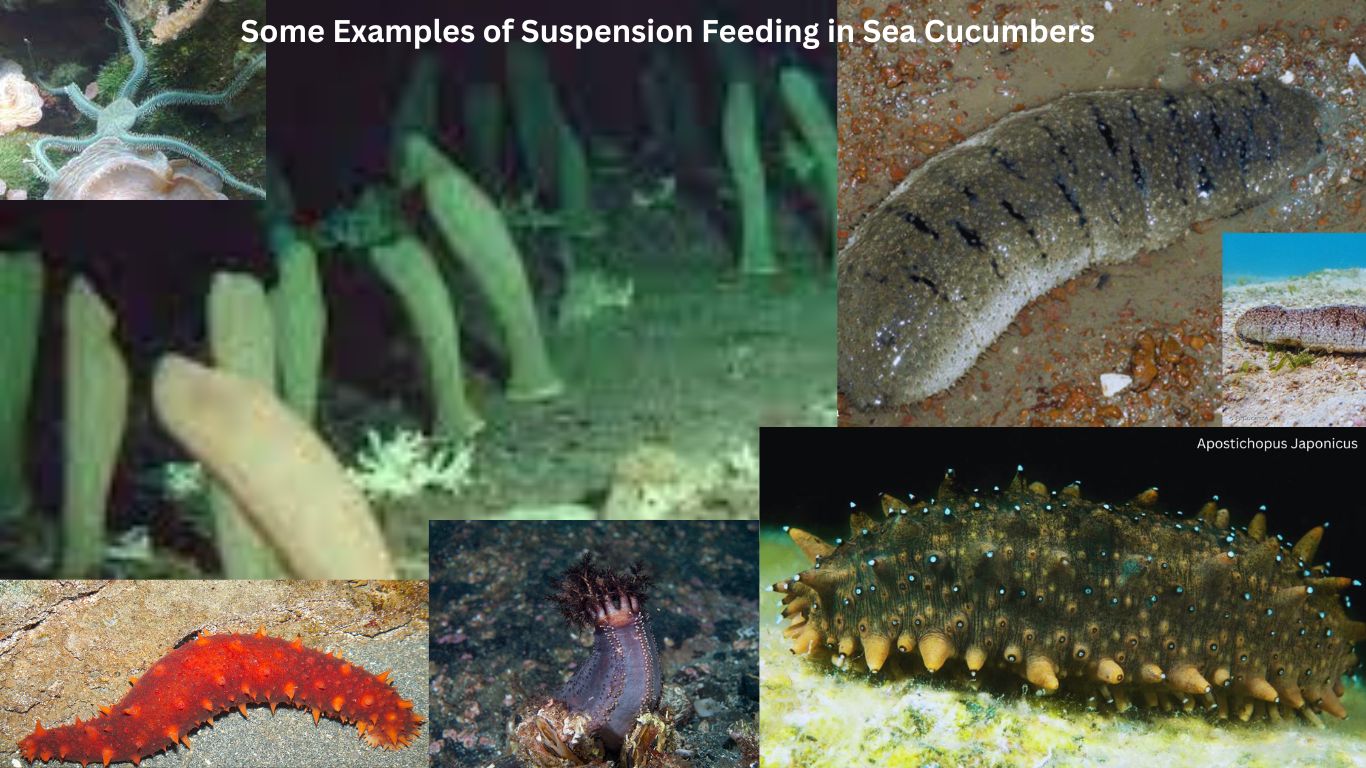
Understanding the feeding behavior and ecological significance of suspension-feeding sea cucumbers is essential for the conservation and sustainable management of these remarkable organisms. As we continue to explore and appreciate the wonders of suspension feeding in sea cucumbers, we gain valuable insights into the delicate balance of life in our oceans and the critical role these creatures play in sustaining our marine ecosystems.
